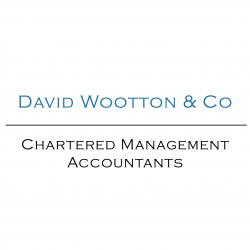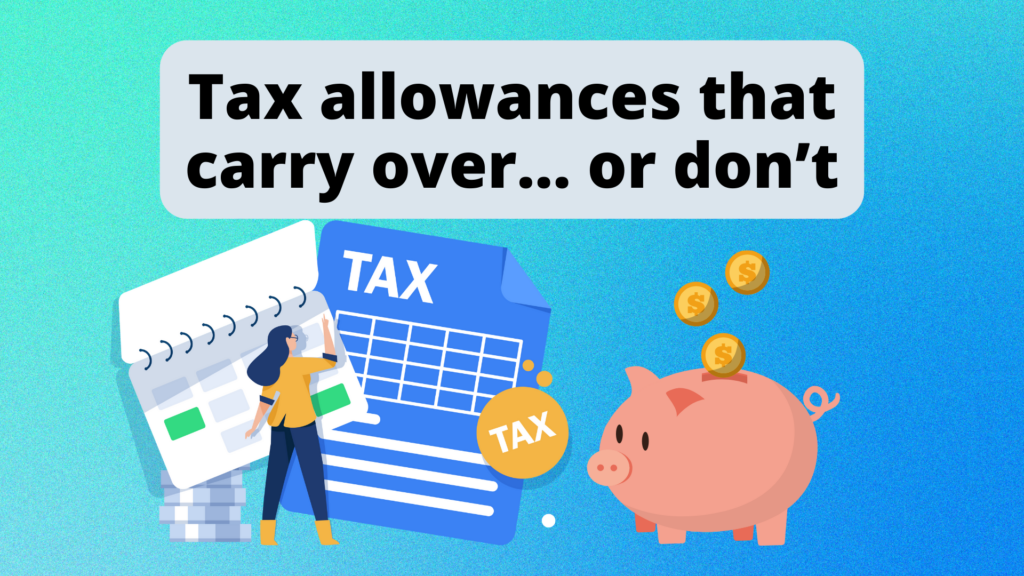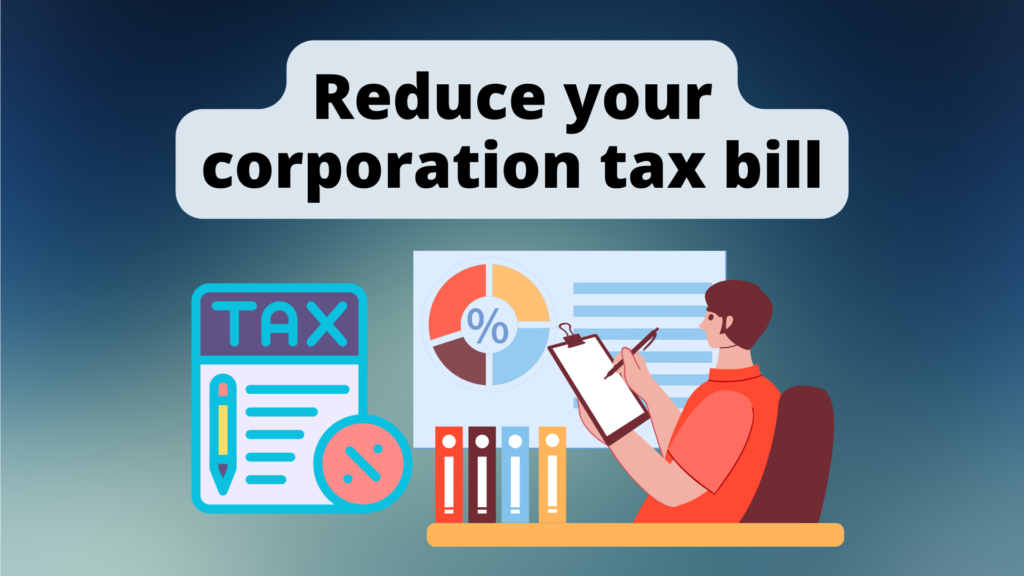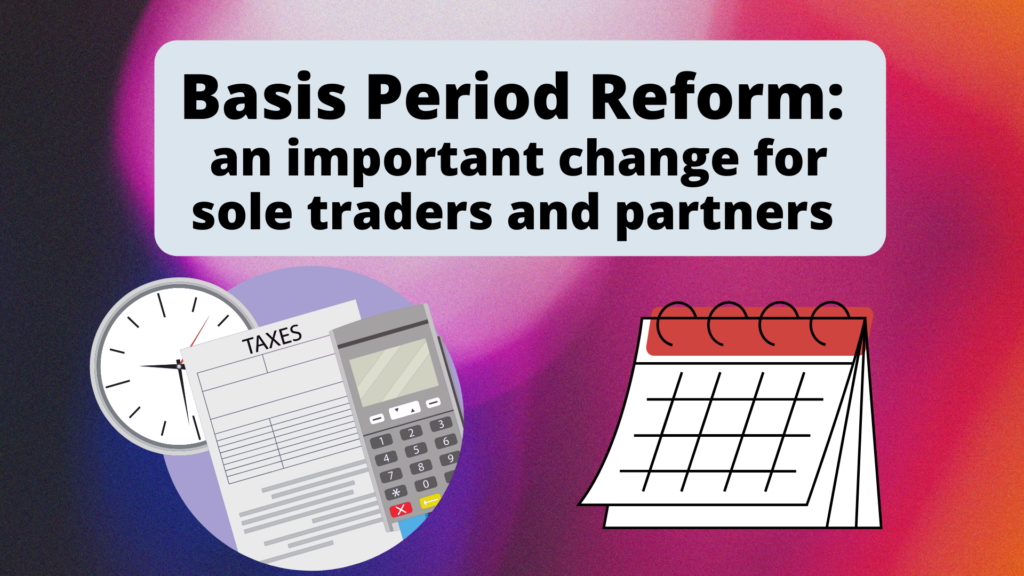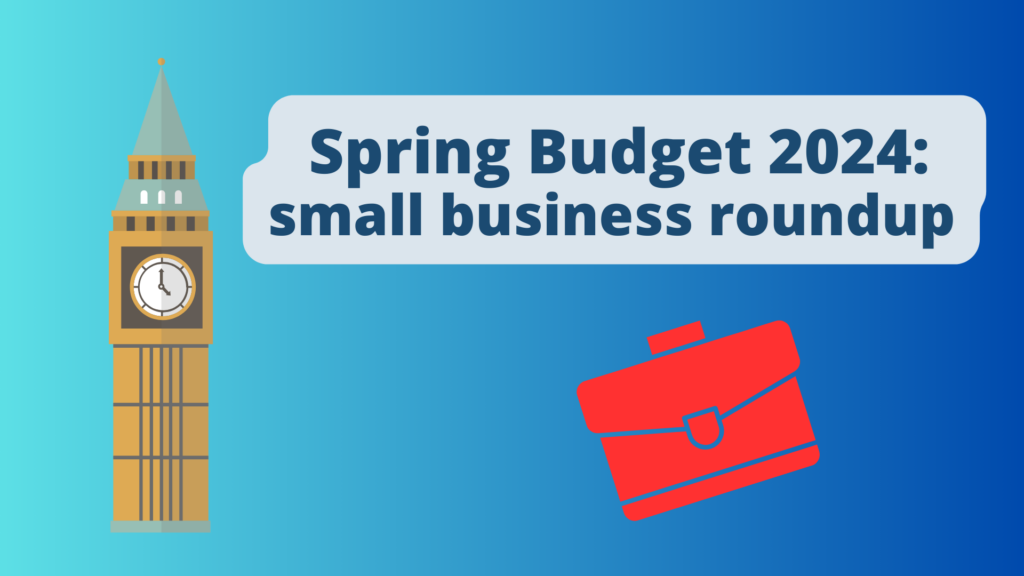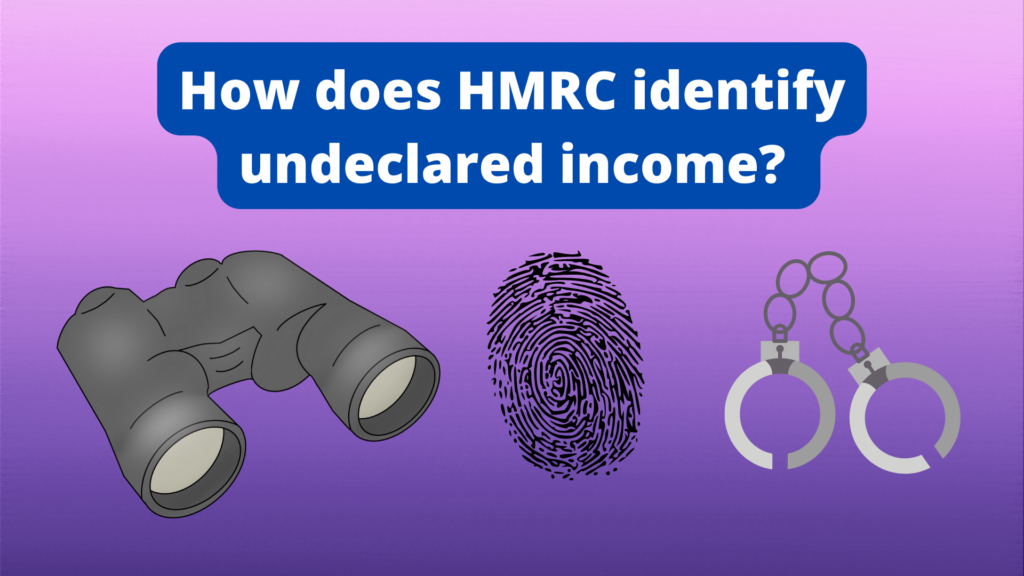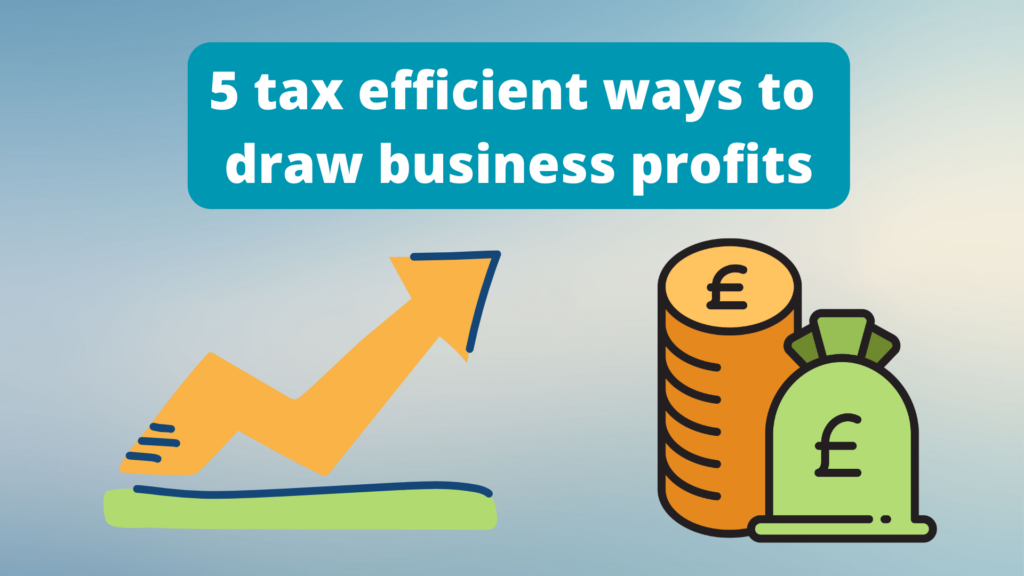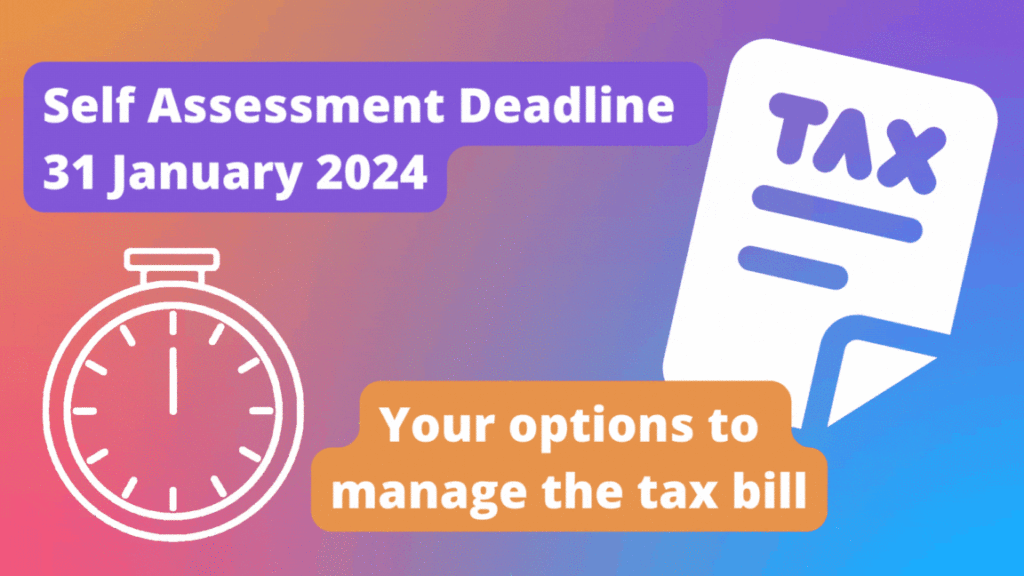If you plan to set up a small business, the structure you choose can make an important difference. It can influence the amount of tax you pay, how you pay it and how the business operates.
Each type has its pros and cons, and the best way to set up your new venture will depend on your circumstances.
Here’s a quick guide to the different types of operating structure.
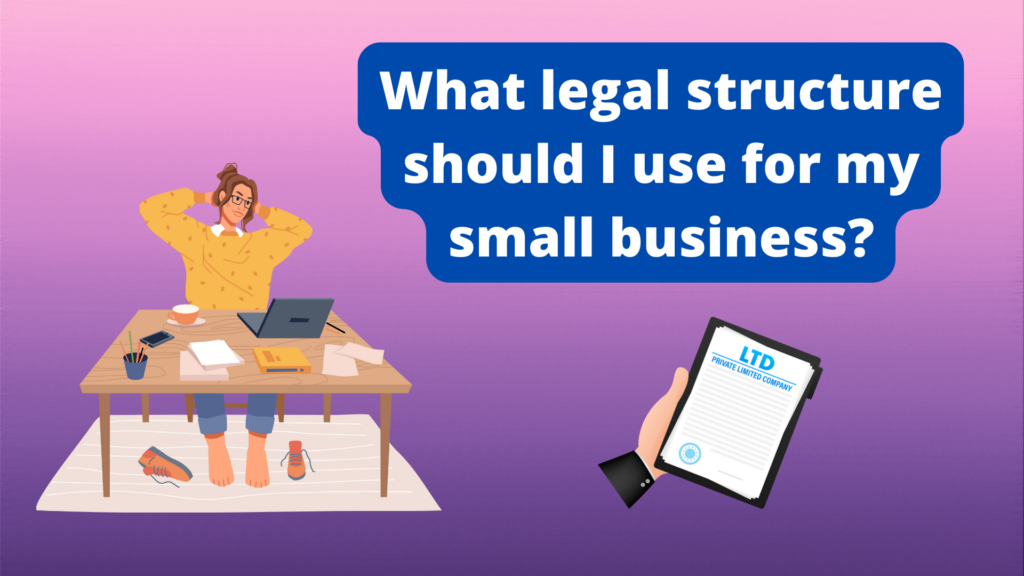
What type of business structure do I need to be self-employed?
Being self-employed just means you work for yourself. You can set up any type of business and still be self-employed.
What are the different types of business structure?
There are several types of legal structure to choose from when you set up a business in the UK. The main options are:
- Sole trader
- Limited company
- Partnership
- Limited Liability Partnership (LLP)
What is a sole trader?
In a sole trader set up, you’re the sole owner of your business. In legal terms, operating as a sole trader means there’s no distinction between you as an individual and you as a business. That means you keep all the profits you make after paying tax and National Insurance, but you’re also personally liable for any business debts.
Running your business as a sole trader is often the most straightforward option. Registering is quick and easy, and business admin is simpler.
But a sole trader set up might not be suitable for every business owner. Being personally liable for any business debts could, for example, put your home at risk if the business can’t pay its bills.
For some businesses, it’s more tax efficient to operate under a different business structure. Sole traders are taxed differently from a director of a limited company.
How do I start up as a sole trader?
Anyone can become a sole trader, and you won’t need to tell HMRC about the business if you earn less than £1,000 per tax year from self-employment. If your self-employed earnings are higher than this, you’ll need to register your sole trader business.
You don’t need to register with Companies House like a limited company, but you will need to sign up for self-assessment with HMRC.
Setting up a limited company
A private limited company exists as a legal entity in its own right, that’s separate from you as the owner or director.
That protects your personal assets if the company can’t pay its bills, but it also means that any profit the business makes belongs to the company. You will need to decide how to pay yourself from the business.
Anyone can form a limited company. You don’t need employees or partners or a minimum amount of money to set up a business. Those requirements only apply if you’re starting a public company. You’ll need to register the business with Companies House.
Partnerships
A partnership is also registered as a business with HMRC, but not with Companies House. It’s a structure for a business where you and one or more partners work together.
Partners can be individual people or other companies. Each partner is jointly liable for everything that happens in the partnership – you share the profits as well as the risks.
Partnerships don’t pay any tax as an entity. Each partner must submit their own tax return, reporting their share of the income. They pay tax depending on how they are set up individually – as a sole trader or limited company, for example. Each partner is responsible for submitting their own tax return and paying tax.
How do I set up a partnership?
The partnership chooses a name and one partner acts as the ‘nominated partner’, to deal with legal admin like registering the partnership with HMRC.
Each partner will also need to register within in the partnership. Most partnerships also set out a written agreement, confirming how profits will be shared and how someone can leave the partnership if they choose to in future.
Limited Liability Partnerships (LLP)
A Limited Liability Partnership (LLP) puts a limit on how much the partners are liable for company debts. It limits how much partners invest in the business and guarantee personally against loans.
Unlike general partnerships, LLPs must register at Companies House.
At least two partners need to be ‘designated members,’ who file account information about the partnership. Each partner must also register as self-employed with HMRC and pay tax on the income they earn from the business.
Again, it’s a good idea to create a partnership agreement detailing how profits are shared and confirming individual roles and responsibilities.
Can I change from one type of business structure to another?
Yes, and it’s very common to switch from one type of structure to a different one. For example, many people become self-employed as a sole trader, and then later incorporate the business as a limited company as it grows.
Or, you might decide to take on a partner. It’s a good idea to seek advice to make sure you follow the correct procedures.
Need some advice about the type of business structure that might work best for you? Just give us a call. As small business accountants in the Lune Valley, we can advise you on business structure, tax returns, accounting, payroll and more. Get in touch!

